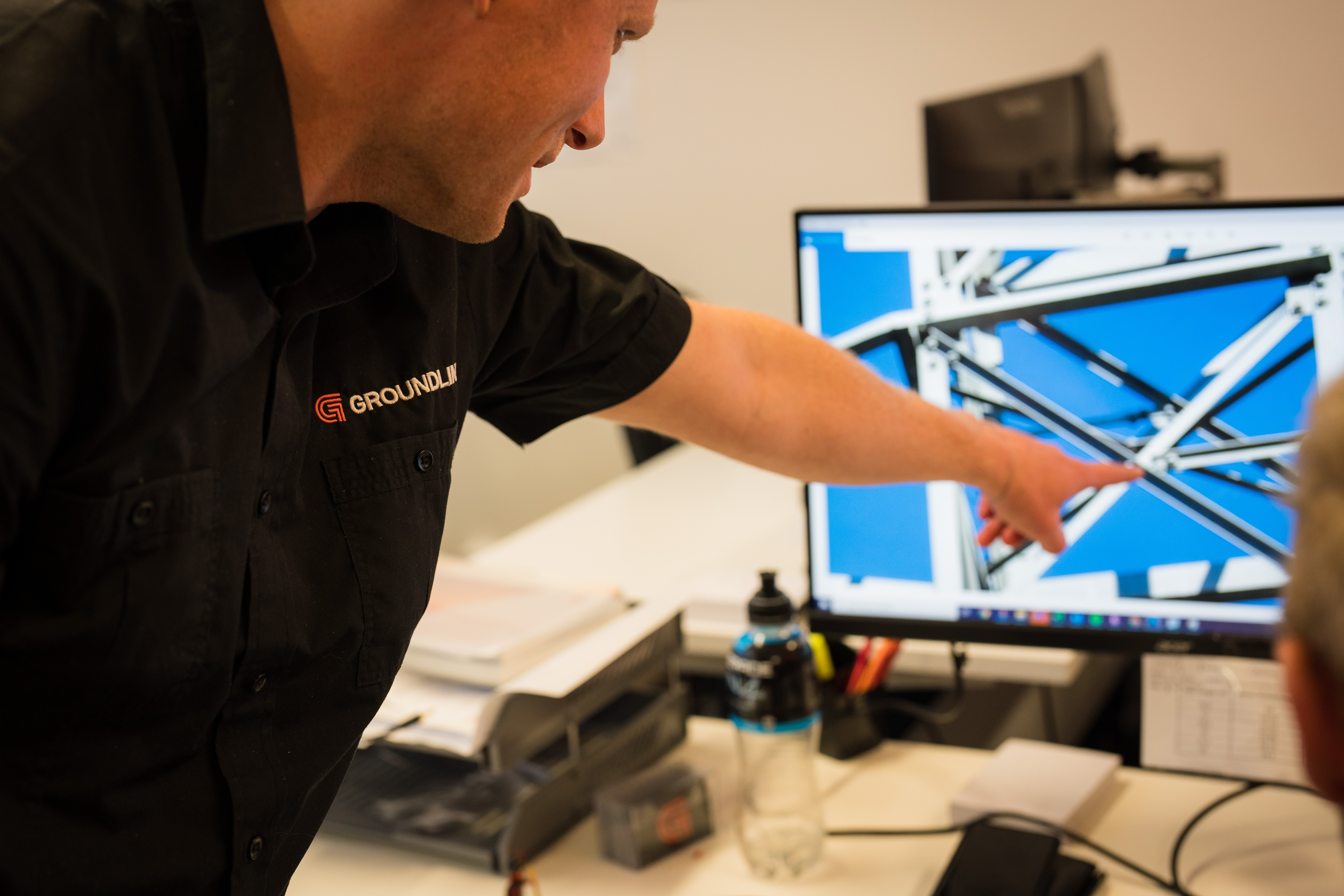Utility companies have a safe and cost-effective alternative to undergrounding electricity lines

Electric utility companies in a growing number of states across the U.S. are struggling with a dilemma
With the frequency of extreme weather events increasing, particularly in the western states where near-record summer temperatures have been recorded in recent years, utilities face a greater risk of power lines sparking wildfires.
In recent years utility companies have found themselves facing legal action, accused of doing too little when it come sto wildfire prevention. The travails of California’s Pacific Gas & Electric, one of the country’s largest utility companies delivering electricity to 16 million people, represent a cautionary tale.
In 2018, some aged PG&E power lines sparked a fire in the town of Paradise, nestled in the Sierra Nevada foothills.The devastating blaze destroyed Paradise and claimed dozens of lives. PG&E pleaded guilty to 84 counts of involuntary manslaughter in a case taken against it in 2020, and one felony count of unlawfully starting a fire.
THE COST OF GOING UNDERGROUND
The company filed for bankruptcy protection in 2019 facing billions of dollars in compensation claims for wildfires started by its power line infrastructure. The tragedy in Paradise has spurred PG&E to accelerate its program to remove electricity lines from power poles and move them underground. It’s an effective way to reduce fire risk, but it is also quite expensive.
PG&E plans to put 10,000 miles of power lines underground in the next decade at a cost of at least $6 billion. It’s an investment the struggling utility can ill-afford. Last month the California PUC (Public Utilities Commission) approved PG&E’s request for a general rate increase of 12.8% for 2024 to help fund wildfire risk reduction efforts - primarily undergrounding of its lines.
Other utilities in California and around the country are opting to go underground too, though not on as vast a scale.This decision may pacify regulators concerned about public safety and damage to critical infrastructure, but it makes little economic sense.
While utility companies do need to replace and refresh ageing infrastructure, the decision to underground large areas of the grid can see perfectly good power poles and lines that are already inplace, decommissioned and scrapped. The considerable cost is borne by customers and utility company shareholders who need to raise debt in a high interest environment to fund capital expenditure.
A more sustainably low-cost approach is to objectively map pole asset health using the latest non-destructive technologies (such as our THOR PoletestTM), replace poles in poor health before an event occurs, and surgically identify and replace high-risk overhead conductor sections with a risk-reducing covered wire solution.
BEYOND TREE WIRE - COVERED CONDUCTOR
There’s a better way that involves replacing bare wires with shielded cabling, reducing fire risk from overhead cables by 98%, while offering a quicker and more economical upgrade path in the process. The Covered Conductor solution we use in parts of wildfire-prone Australia, comes with a replacement cost of around 1.25 times that of barewire. Going underground costs 10-times the amount.
The product, developed by Scandinavian cable group Amokabel, doesn’t just reduce risk of wildfire. It’s designed to withstand severe cold conditions too - winter storms are as much a facet of the changing climate as soaring summer temperatures.
Unfortunately, the established covered conductor products on the market don’t have a great reputation. So-called “treewire” cables are designed to resist sparking fires when making contact with tree branches. But they are notorious for being difficult to install and heavier than bare wire, requiring additional poles to support the weight.
BUILDING RESILIENCE INTO EXISTING INFRASTRUCTURE
Faced with the option of paying the highest prices to go underground, or installing a tree wire product they aren’t happy with, many utilities are opting to do nothing. This in itself poses a big risk.
A lot of power line infrastructure around the country is in the final years of expected lifespan. The longer utilities put off making an investment decision, the more risk of power failures, and the need to invest in costly tree pruning to reduce fire risk and storm damage.
It’s time for utilities to overcome this inertia. Covered conductor technology has improved dramatically in the last decade and our high-performance Covered Conductor product can be deployed and installed five times faster than burying lines and uses significantly less pole infrastructure than alternatives, like aerial line bundling for preventing shorting and grounding.
Going underground with electricity lines makes sense in some cases. However, U.S. utilities now have a great option to protect and extend the life of their existing infrastructure at a fraction of the cost of going underground.
GROUNDLINE ENGINEERING
Groundline is a global consultancy specializing in transmission and distribution lines engineering services for network operators and service providers.
We bring creative thinking to projects, ensuring solutions are cost-effective, resilient, safe and good for the planet.
With offices in the USA, the United Kingdom, Australia and New Zealand, we have experience in all aspects of the power lines industry - from 11kV to 500kV+, new builds to refurbishments, condition assessments to asset management, site support and design verifications, to project management. Our team have worked around the world, from remote, dry deserts, to wild, wet rainforests, urban cities, to cyclone-prone prairies.
Whatever challenges you face, we understand your requirements.
Get in touch to discuss how we can ensure your power network is fit for the future.
Contact us here
Other News & Updates
Designing Electricity Infrastructure with the End in Mind: Why Asset Stewardship Must Begin at the Design Table
Sit in on any utility planning meeting and you’ll see the same challenge: project delivery dominates the agenda, while asset management fights for attention.

Reflections on the Global Energy Sector
As Groundline enters a new phase of growth and I find myself at the helm, I am in an interesting position where I am looking through two lenses. One on the ANZ market that I have operated in for 10+ years and the other on our global markets (UK, EU and USA).

Groundline Engineering Appoints New CEO
After 21 years of growth, Groundline enters a new chapter—one that underscores our commitment to governance, succession planning, and sustainable growth, while creating development opportunities for our incredible team.


Let’s Build Smarter, Safer, Stronger
Whether it’s a new project, technical support, or simply a conversation about possibilities — we’re here to help.












